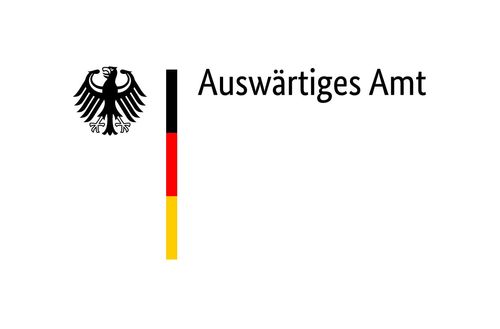Musée d‘ethnographie de l‘Université de Bordeaux
Vasilii Vasilevich Popov explains different types of horse saddles
“In archaeological excavations from the 15th to 18th centuries, the front parts of horse saddles are usually found in a square shape — and here we have a saddle in the shape of a trapezoid. This can be explained by the fact that, especially in the 18th century, the lives of the Sakha people became increasingly intertwined with Russian culture. Russian Cossacks taught the Yakuts how to harness horses for transporting goods. Previously, the Sakha used horses only for riding and for carrying loads on their backs. To transport heavy cargo, they used oxen. But after the Russians arrived, they adopted the practice of using horses for this task, just as the Russians did. In the 18th century, many new transport routes were opened — for example, between Yakutsk and Irkutsk or Okhotsk. Thousands of Yakut horses were conscripted for these routes. Naturally, someone had to take care of the horses. That role fell to the Sakha, who also transported the goods. Every year, for nearly a century, at least 3,000 to 4,000 men left their homeland to transport government supplies. For four to five months each year, they worked directly with Russian horse harnesses. Russian saddles, tack, and equipment became part of their daily work life. And so, the men of the Sakha began to view the Russian-style saddle as a men’s saddle. The old trapezoidal Sakha saddles, before their shape changed, came to be regarded as women’s saddles. This shift occurred in the 19th century and continued into the early 20th century. In general, this type of saddle here was considered a ‘women’s’ saddle. But in some photographs from the 19th century — and on this particular saddle we’re looking at — the name of the owner is male. For example, here it says: ‘Egor Belolyubskii’. That means this saddle was in fact used by a man.
The front of the saddle is lined with tin, and its entire surface is covered with engraved patterns. When you examine these engravings closely, you can clearly see a predominance of plant motifs and swirling designs. Analyzing these patterns, it becomes clear that they reflect the influence of Russian culture. These motifs spread among the Sakha in the 18th century, together with the adoption of the Russian-style saddle. Before this period, the Sakha primarily used geometric designs: waves, comb-like teeth, uraha triangles, and spine motifs. Among the tin engravings, lion or unicorn motifs are also quite common. These originate from the Russian Cossacks — more specifically, from the Russian tsars and wealthy elites, whose saddles featured such imagery. The Sakha are careful observers and tend to remember and preserve such motifs, which then reappear in their own saddle decorations.
I believe this saddle was made in the 1830s. If we choose to exhibit it, we should label it simply as a ‘Yakut horse saddle of the 19th century’, without specifying whether it is a women’s or men’s saddle. That’s because, in the 19th century, traditional Sakha saddles were generally referred to as ‘women’s saddles’. However, individual saddles with a trapezoidal front — like the one we see here — were also used by men.”
Recorded in Yakutsk, 2024.



